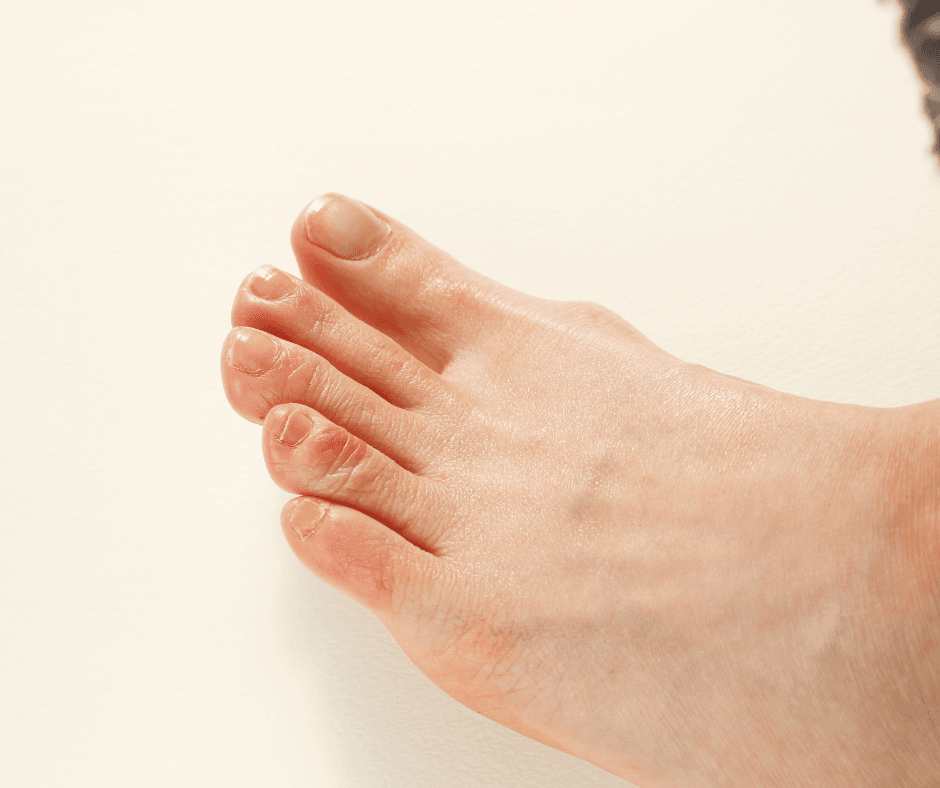Chilblains
Expert care for cold weather foot problems at Waikato podiatry clinic
Those frosty Waikato mornings bring more than just a chill in the air, they can also bring painful chilblains, especially affecting your toes. If you've ever experienced red, itchy, swollen patches on your feet during winter, you're not alone.
What are chilblains?
Chilblains, also known as perniosis, are localised inflammatory lesions that appear as red or purple patches on the skin that become swollen, itchy, and painful. While they most commonly affect the toes and fingers, they can also develop on the ears or nose. This surprisingly common condition affects approximately ten percent of the population, with women being more susceptible than men.
Understanding the cause
Chilblains result from an abnormal vascular reaction when your skin experiences rapid temperature changes from cold to warm. When exposed to cold, the small blood vessels near your skin's surface constrict to conserve body heat. Problems arise when cold feet are suddenly warmed too quickly. The rapid rewarming causes small blood vessels to expand faster than surrounding larger vessels can handle, creating a "traffic jam" where blood leaks into surrounding tissue, causing inflammation, swelling, and that characteristic intense itching.
Recognising the symptoms
Chilblains typically develop several hours after cold exposure. The affected areas become noticeably red or purple with swelling that can make shoes uncomfortable. An intense itching sensation is the hallmark symptom, often accompanied by a burning or prickling feeling. The skin feels tender to touch, and in severe cases, blisters or ulcers may form. Most chilblains resolve within one to three weeks if no further cold exposure occurs.

Who is at risk?
Certain factors increase susceptibility to chilblains. People with poor circulation, conditions like Raynaud's phenomenon, or those who smoke face higher risk. A family history of chilblains, living in cold damp climates like the Waikato, and having lower body fat all increase vulnerability. Medical conditions including lupus, diabetes, and autoimmune disorders can also increase susceptibility.
Prevention: your best defense
Prevention is far more effective than treatment once chilblains develop. The foundation lies in maintaining consistent foot temperature and avoiding rapid temperature changes.
Keep Your Feet Warm and Dry: Wear dry, clean, thick woollen socks that provide excellent insulation and moisture-wicking properties. Keep spare socks handy to change into if your feet get wet. Never go barefoot during cold weather, and avoid wearing damp shoes or shoes with damp inner soles.
Choose Appropriate Footwear: Select shoes suitable for weather conditions and activities. Wear proper boots for outdoor work, but avoid metal-capped boots as metal conducts cold and promotes heat loss. Well-insulated, waterproof footwear is ideal for Waikato winters.
Warm Up Gradually: When coming inside from the cold, resist thrusting frozen feet directly in front of heaters or into hot water. This rapid warming triggers chilblains. Allow feet to warm gradually at room temperature through gentle movement. If using water, start lukewarm and gradually increase temperature.
Lifestyle Factors: Regular exercise improves blood flow throughout your body. Staying well-hydrated and maintaining a healthy diet supports proper circulation. If you smoke, reducing or quitting can significantly improve circulation and reduce chilblain risk.

Treatment when prevention isn't enough
Treatment approach depends on severity and stage of the condition.
Early-Stage Treatment: If caught early when redness and mild swelling first appear, mild topical blood stimulants can be gently massaged into the affected area to promote gradual blood return. Keep the area elevated when resting and continue keeping feet warm but not overheated. Avoid scratching to prevent skin damage and infection.
Managing Later Stages: Topical anti-pruritic creams provide relief from intense itching. Keep any blisters clean and protected, don't deliberately break them. Over-the-counter pain relievers like paracetamol or ibuprofen can help manage discomfort.
How Waikato Podiatry can help
At Waikato Podiatry Clinic, we offer specialised care for chilblain sufferers. Our experienced team provides tailored advice on effective topical applications for your specific stage of chilblains. We identify and address areas of pressure and stress in your feet that may contribute to chilblain development, helping reduce susceptibility to future episodes.
We can provide Plastazote insoles that offer excellent insulation properties, creating a barrier between your feet and the cold ground. For severe, chronic chilblains that don't respond to preventive measures and topical treatments, oral medication may be considered in consultation with your GP, though effectiveness remains somewhat controversial.
Living comfortably through winter
Chilblains don't have to be inevitable. With proper prevention strategies, appropriate footwear, and attention to gradual warming after cold exposure, you can significantly reduce your risk. Remember that your feet deserve the same winter protection as the rest of your body.
If chilblains do develop, early intervention and proper treatment can speed healing and prevent complications. The team at Waikato Podiatry Clinic has extensive experience treating and preventing chilblains.

